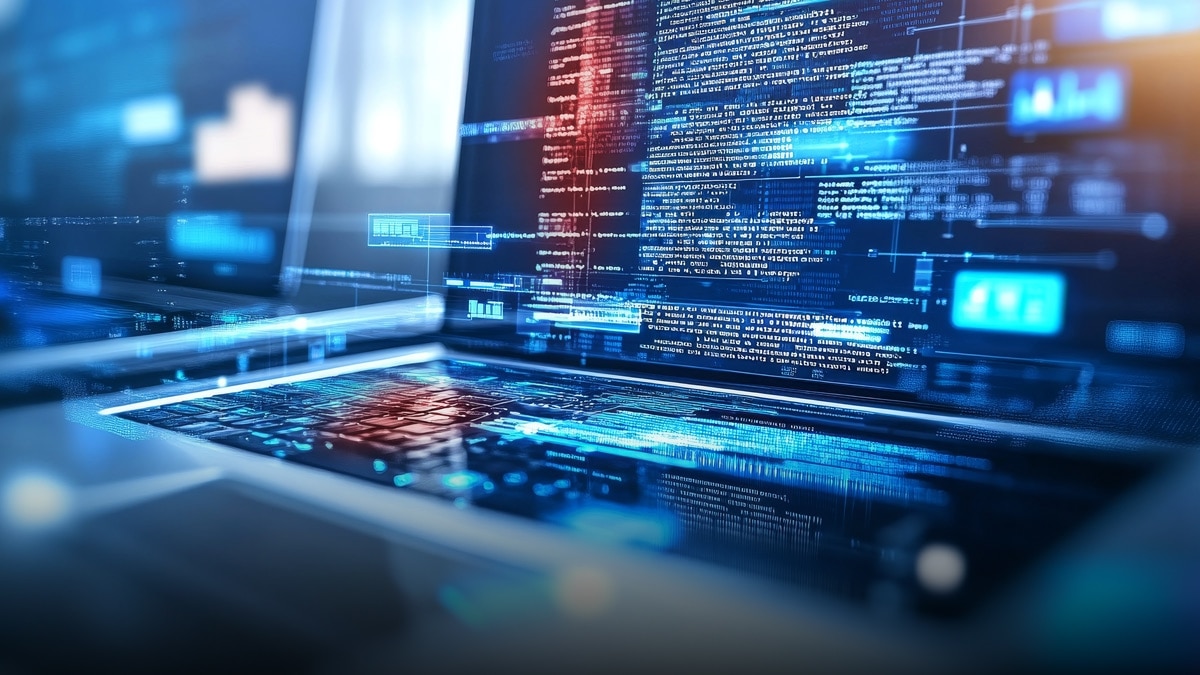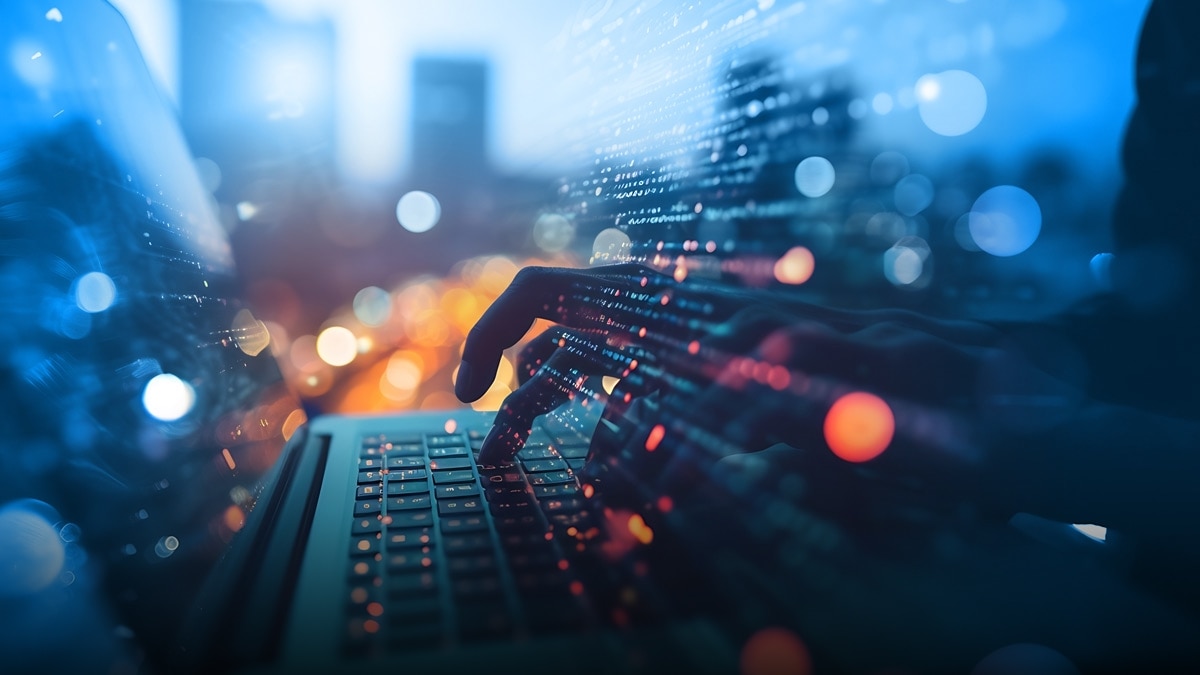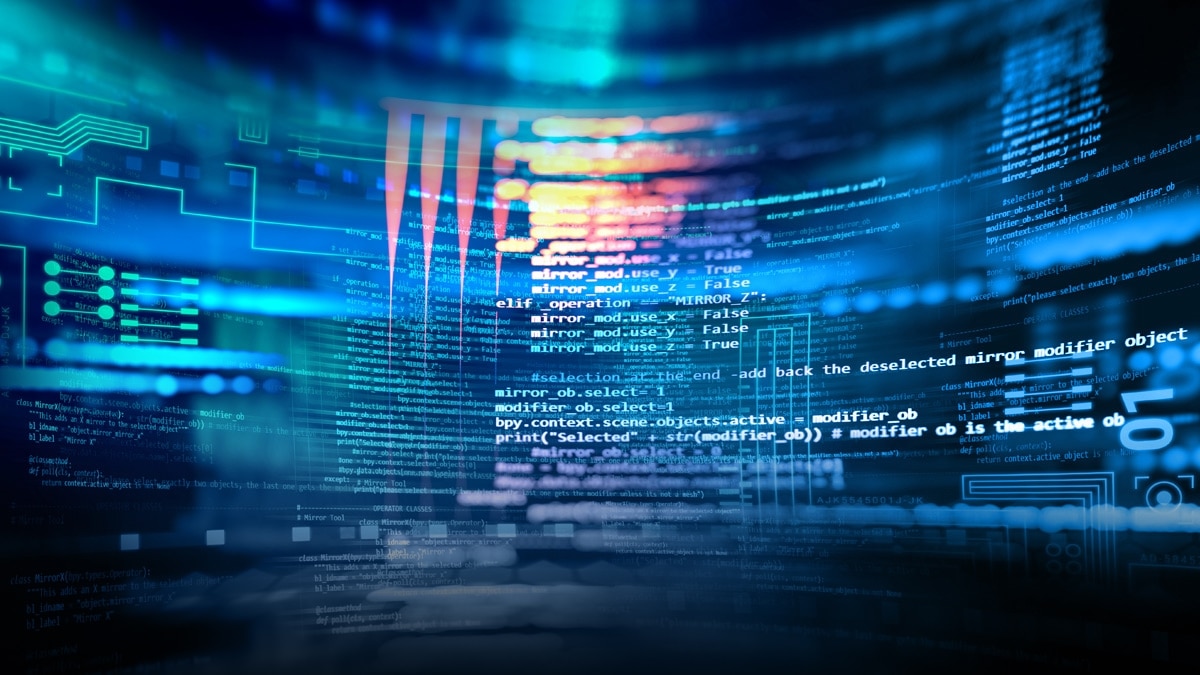Security for AI: Protecting AI Systems
Jul 10, 2025

Security for AI: Protecting AI Systems
In today’s rapidly evolving technology landscape, AI has emerged as a crucial component for transforming organizational security. As businesses increasingly adopt AI solutions to enhance efficiency and make better decisions, they face a dual challenge: securing their AI systems while also leveraging AI to bolster their overall security infrastructure.
To achieve comprehensive protection, organizations must implement essential security measures throughout the lifecycle of AI systems— from design and development to deployment and operation.
Key Steps in Securing AI Systems
Design and Development: Prioritizing security from the outset is vital. By integrating security protocols during the early stages, organizations can identify and address vulnerabilities before deployment, helping reduce potential risks.
Deployment: Implementing secure data transmission methods and robust authentication mechanisms is crucial for protecting AI systems against external threats while helping protect sensitive information.
Operation: Continuous monitoring and regular security assessments are key to maintaining the integrity of AI systems. By adopting patch management practices, organizations can effectively adapt to emerging threats.
Enhancing Security with AI
AI systems with security capabilities can significantly strengthen an organization’s overall security posture. By automating routine tasks, detecting anomalies, and facilitating prompt incident responses, AI allows security teams to focus on strategic initiatives instead of day-to-day operational concerns.
Key Areas Where AI Enhances Security
Governance, Risk, and Compliance: AI can transform extensive volumes of security data into actionable insights, helping improve risk management and enabling compliance with evolving regulations.
Threat Detection and Response: AI accelerates the identification of security threats by prioritizing alerts for timely intervention, enhancing the efficiency of incident response.
Security Architecture and Engineering: AI plays a fundamental role in guiding the integration of security features within organizational frameworks, helping ensure that security considerations are inherently embedded in technology systems.
Practical Applications
Organizations are increasingly developing AI-driven solutions to tackle various security challenges. For example, automated phishing report analysis enables quicker threat identification, while providing summaries of third-party security assessments enables alignment with organizational standards. Such applications demonstrate the effective use of AI in enhancing security measures.
Future Directions
As investment in AI continues to grow, the importance of equipping AI systems with robust security capabilities and enhancing overall security measures cannot be overstated. By harnessing AI’s dual role in risk mitigation and infrastructure strengthening, businesses can effectively navigate the complexities of modern cybersecurity.
A robust commitment to helping secure AI not only protects invaluable assets but also empowers organizations to embrace technological advancements with confidence. As AI continues to shape the future of security, organizations can move closer to a safer and more resilient digital environment.
Want to dive deeper?
Visit us at https://www.amd.com/amdit for more insights and updates.









